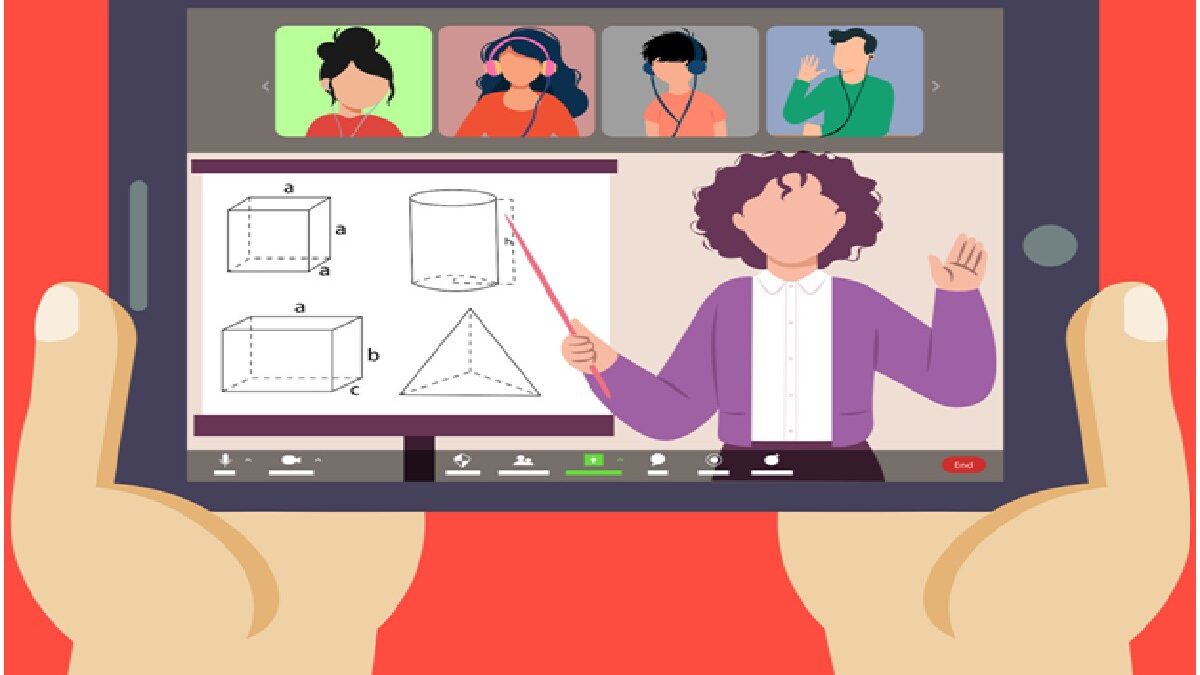Managing Education During The Pandemic – The pandemic of 2019 has been a difficult time for the world. We witnessed businesses go bankrupt and close down. Hospitals hit a saturation point, while schools were leaning towards more online outlets such as video conferencing. Adjusting to these new changes was not easy, yet the world persevered. However, there are still many difficulties that need addressing. Looking at education alone, students faced many problems as they tried studying from home. Poor Wi-Fi connection, lack of devices such as laptops, and trouble concentrating. For educators, it meant balancing their domestic life with their career, trying to make classrooms more interactive, and struggling with a poor connection as well.
Managing education in such a time can be challenging. Here are a few tips on how one can make education during the pandemic:
Table of Contents
1. Understand This Situation May Last For Months
Schools need to understand that the pandemic didn’t come with a definite timeline. This means schools need to get comfortable with the idea that they may need to carry on remote teaching. Doing so will allow teachers to evaluate their lecture plans. The new lecture needs to be easy to follow and demonstrate over video conferencing. Students may consult resources such as PDF books, videos on Youtube or make their study circle online.
2. Continue Learning
Whether you’re a teacher or a college student looking to advance their education, look at online courses. Finding the right degree is as easy as entering the right keywords in the search engine. For example, if you wish to take a course in English, search for an online English degree, and you may be presented with numerous options. Online courses allow you to balance your home life with your studies more efficiently. Most online courses come with their own set of resources, such as e-books and recorded lectures. Online learning has created numerous opportunities for everyone to continue their education amidst the current situation.
3. Revise Examinations
The pandemic is a stressful time for everyone. The added stress of examinations is troublesome. For most schools and colleges, it is advisable to cancel examinations and continue lecture-based teachings. Teachers can provide reading material and practice work instead. It is also advisable to revise the traditional examination methods if not canceling them entirely. It is also not easy to supervise students while they take their exams. After all, keeping students safe and making sure they carry on with their education should be the priority.
4. Caring For Employees
Educational institutes need to make sure their employees are doing well. That means not to call teachers in and conduct online meetings needlessly. If there is a need to open schools and ask teachers to return to the premises, UNICEF has issued guidelines such as asking teachers to wear masks and keeping their tables and chairs at least 6ft from each other. Keep sanitizers throughout the school for them to use.
5. Provide Support For Students
Technology-based solutions can help students greatly in these restricting times. An option is to share reading and writing material online. Teachers can use online platforms to provide virtual help to students. This way, students won’t be discouraged from learning due to lack of resources and carry on with their education despite the hindrance. Doing so can also be a cost-effective method of distributing resources.
6. Connect With Students
Not every student is comfortable studying at the same time as their peers. They have trouble concentrating on the lecture and may need extra attention. In cases like these, teachers should strive to arrange a one-on-one session or take a small number of students at a time to work with. Since personal tutoring is not an option because of the pandemic, teachers should make arrangements to help students clear their concepts as best as possible. They can even prepare supplementary resources for them and send them to those students online. If a student has special needs, schools can call them in following UNICEF guidelines to make sure they are getting adequate support and help. It can be difficult for special needs students to obtain education online since conventional teaching methods cannot help them.
7. Practice Active Communication
The loss of an in-person schooling system is not easy for students and teachers alike. What makes matters worse is the lack of information about the virus and when schools will reopen. So, as teachers try to hold on to a shred of normalcy, they should consider talking to students about how they’re dealing with the pandemic. Every crisis management manual encourages deep discussions. Engage parents to discuss how the school plans to take the academic year forward and how students are struggling. Schools can even create online groups to stay in touch with students and find out if they need help. Since the pandemic has pushed most students and teachers into isolation, communication is vital to make sure students are in the right mental state to absorb information.
8. Stay On Top Of Information
As teachers and students work together to continue education, learning about the virus should also be part of their educational journey. Schools should circulate messages about UNICEF-approved guidelines and provide links to CDC and WHO websites and learn more about the disease. These include how frequently hands need washing and how to distance at home in a limited space socially. Education cannot carry on if misinformation crowds online spaces. Since they propagate fear and more uncertainty as well as introduce irrational conspiracy theories. If there is a shortage of masks or sanitizers, schools can provide valuable links to alternatives to these protective gears. Such as what else is as effective an alcohol-based sanitizer and what students can use as masks. Collaborative efforts are needed so that we can get rid of the virus once and for all.
Wrap Up
Managing education in the middle of a pandemic is challenging for educational institutes and students alike. However, through effective planning, schools can ensure that students get the education they need. Through the collaborative effort of technology and educational institutes, the academic year is still salvageable.
Related posts
Addressing Mental Health in Spine Surgery Recovery
Recovery from spine surgery is a journey that extends far beyond the physical aspects of healing. It’s a comprehensive process…
What Areas Can You Target With Coolsculpting?
Are you a healthy and active person but still have some unwanted fat that never seems to go away? If…
How Does Vagus Nerve Stimulation Work?
How Does Vagus Nerve Stimulation Work? – Vagus nerve stimulation (VNS) is a treatment used for various conditions like epilepsy…
Addressing Challenging Behaviour with Positive Behaviour Support
Positive Behaviour Support: As our understanding of behavioural psychology evolves, so too do the strategies we employ to manage and…
How Long Does the Probate Process Take? Your Probate Questions Answered
Probate Process: There is a lot involved with the probate process. It’s typically complex, leading many to seek the services…
The Prefect Gifts For Wine Connoisseurs
Anyone who has a deeply entrenched love and obsession for a certain hobby are brilliant people to buy gifts for,…







